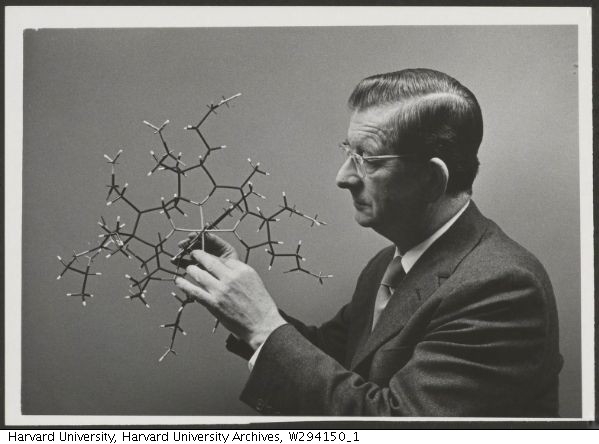
Gina Jaimes and Jhon Alex Toro in ‘Miss Julia’. Photo by Federico Rios courtesy Vueltas Bravas Producciones
With ‘Dance of Death’ still running at the Odyssey, Encuentro de las Américas 2017 brings another Strindberg to Southern California. Vueltas Bravas Producciones slices, dices, transposes, and dances the battles of wills and wiles in the foundational ‘Miss Julie’ as adapted by J. Ed Araiza. Nineteenth century Sweden gives way to twenty first century Colombia where wealthy, nutty, and bored-out-of-her-gourd Miss Julia (Tina Thurman*) forces herself on servant Juan (Jhon Alex Toro). The casual hookup has not percolated to this part of South America and there are emotional attachments and expectations a-plenty. Julia sees Juan as a way out, he sees her as a way up, and his fiancée Cristina (Gina Jaimes) isn’t having any of it.
The audience surrounds the narrow alley of a set (Andrew Thurman) nicely conveying the claustrophobic society in which the hapless characters are embedded. Thurman is outfitted as a cross between Miss Havisham and a hapless ballerina. Her Spanish, sounding more learned than native, adds a hint of North and South American political tension to the more obvious class and power struggle. Jaimes’s Cristina is both earthy and mesmerizing as Juan’s social equal and moral superior. She spends a good part of the show asleep or sleepwalking. This is a shame as she commands the stage when on it and she and Toro have palpable chemistry.
This is highly physical theatre with movement, dance, and symbolic props all adding their dimensions while condensing the story. A wheeled table serves pre-show rum and also serves as the cursed magic carpet taking these broken souls to their fates. Julia is frenetic and angular in marked contrast to the sweeping and fluid Juan and Cristina. All switch seamlessly between English and Spanish with dim supertitles available to the eagle-eyed monolingual. Helen Yee (violin), a fine but uncredited percussionist, and a Mac notebook add off-stage sonic color although the balance sometimes overpowered the small space.

Tina Thurman and Jhon Alex Toro. Photo by Federico Rios courtesy Vueltas Bravas Producciones
If this all sounds oddly familiar it is because it is the kind of work that Tina Kronis and Richard Alger have been doing at Theatre Movement Bazaar for twenty years. Wheeled furniture and athleticism also feature prominently in La Razón Blindada soon to be up at this same festival. ‘Miss Julie’ is said to be about social Darwinism – the replacement of a weak, stagnant, older order by a vigorous, aspirational, newer one. So, we may well ask if there’s a last common ancestor to this style of work. Vueltas Bravas does not have much of a web presence but the Australian Thurman (here identified as Mitchell) explains in a Youtube video their origins at a SITI Workshop in New York City some ten years prior. ‘Miss Julia’ is making the rounds of the festival circuit having played at La MaMa and the Chicago International Latino Theatre Festival prior to its Los Angeles engagement. Kronis and Alger are said to have some SITI influence to their work as well. ‘Miss Julia’ is well-made, well-performed, and enjoyable but if the purpose of the festival is to bring new and distinct theatrical viewpoints (ha!) and styles to the forefront, it is jarring to hear Latino voices filtered first through a canonical text and then through a U.S. theatrical school of thought.
Nota bene: Many of the Encuentro productions are performed without intermission. ‘Miss Julia’ is one of them and clocked in at about one hour. Those interested in festival productions should consider seeing multiple productions in a day to take advantage of ticket packages as well as to minimize ticketing fees and the notoriously larcenous downtown parking lots.
*Credited as Tina Thurman in the program, Tina Mitchell elsewhere on the Web
Miss Julia
Vueltas Bravas Producciones
Directed by Lorenzo Montanini
Through 19 November at the Encuentro de las Américas Festival
Los Angeles Theatre Center
514 Spring Street
Los Angeles, CA
Six performances remaining through 19 November 2017
Tickets: $44 general, $22 Seniors/students/veterans
See website for times and online ticketing




